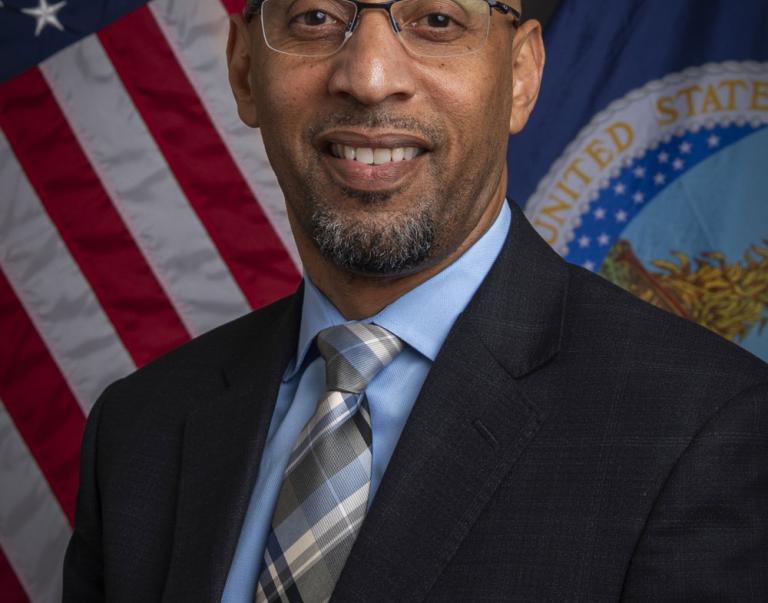The parents were leery about another rental, fearing having to move yet again. Rather serendipitously, the mother saw information on line about USDA Rural Development housing programs. She made a call that changed their lives. As it turned out, the house that they eventually found and qualified for was part of a “green home” renovation in conjunction with other local agencies. The family was able to purchase their home with a loan direct from Rural Development, give their four children a stable home and neighborhood, and the home itself has proven to be so efficient that they are saving monthly on their utility bills.
The family received homebuyer education classes and credit counseling as part of the programs they participated in. The mother said “We are lucky to have found out about you! We have nothing but high praise for the process. Thank you for your dedication to helping families like ours purchase a home.”
In Yavapai County another Rural Development program has helped families transition into stable home situations and sometimes rescued them from homelessness. With this program non-profits are able to rent for $1 a year Non-Program Real Estate Owned (foreclosed) REO homes owned by Rural Development. During the ten year rental agreement, the non-profit uses the home as transitional housing. In Cottonwood, Arizona, a church entered into such an agreement with USDA nine years ago. Since then, they have helped five families. The church limits the time a family can stay to two years and during that time they provide the family with job training and credit counseling. They also charge a “rental fee” to the family. Rent is calculated based on the family’s income and expenses.
The rent that is received is used to do any repairs and upkeep, pay property taxes and insurance and any remaining amount is put into an escrow account for the family to use as a down payment when their two year rental agreement is up. According to the spokesman for the church, the tenants are also required to put an additional 20 percent above that rental amount into the account—a way to teach the value of saving.
The second family who lived in the home included a mother and her two children. The family was living in a homeless shelter before moving into the house. In the two years that they were in the home, they learned important life skills such as maintaining the property and making regular payments.
We built the houses that helped build this great nation after World War II. We helped build the communities and many of facilities and infrastructure that make them function. In the tradition of barn-raising, we have given these rural communities what they needed to help themselves. And they have shown their gratitude by working to ensure that their debts are repaid so we can help the next small town or rural resident in the same way we helped them.
June is homeownership month. To read more about how USDA helps credit-worthy, limited income families achieve their homeownership goals click here.


